Electric Vertical Take-off and Landing (eVTOL) aircraft are expected to enter the market by the end of this decade, with over 250 companies, such as Lilium, Archer Aviation, Volocopter and Wisk developing two to seven-seater eVTOLs with a range of 100 to 200 kilometers. Many are forming partnerships with airlines to accelerate their market entry.
As eVTOL technology evolves, it’s potential to revolutionize airport transportation as fast, efficient shuttles is promising, but challenges related to regulations, infrastructure, and public acceptance must be addressed. This blog explores the challenges of using eVTOLs as airport shuttles for transferring passengers to and from airports in Europe.
Legal compliance
The foremost challenge is to be compliant with regulatory requirements. The much-anticipated debut of Volocopter’s eVTOL passenger flights at the Paris Olympics 2024 was delayed due to multiple setbacks, including engine certification [1]. Most of the eVTOL stakeholders can currently focus only on obtaining ad-hoc certification for testing and demonstration purposes.
The legislative and regulatory efforts are currently falling short. The European Commission released a regulatory package in April 2024 targeting manned VTOL governing the operations in ‘specific category’ [2]. These regulations aim at initial airworthiness, oversight, enforcement of continuing airworthiness, operational and maintenance requirements. There still needs to be development of safety certification standards for ‘certified category’ to conduct passenger eVTOL services.
Public Acceptability
Another key challenge for eVTOLs is the high noise emissions during operation. Even after Volocopter receiving initial approval for its Paris Olympics project, municipal authorities and NGOs filed a lawsuit to revoke the authorization due to concerns over excessive noise [3]. Building on the existing international noise standards for traditional aircraft, EASA has already consolidated its consultation paper for Environmental Protection Technical Specification (EPTS) standards applicable to eVTOL during approach, take-off, overflight and hover [4].
One notable factor to consider is that the newly released EASA’s Prototype Technical Specifications for Vertiports proposes a new concept of funnel-shaped area above the vertiport which takes into consideration the noise restrictions [5].
Airspace Management
To strengthen their value proposition, eVTOLs will need to operate frequently at busy airports. This requires updating the airspace management, developing the Concept of Operations (ConOps) and also training air traffic controllers. Flying into a controlled airspace of busiest airports will also demand coordination and integration with existing flight operations to ensure safety and efficiency. It is already possible to fly drones in ‘open category’ in controlled airspace in European countries like Germany, Finland, Poland and the Czech Republic.
Netherlands is currently investigating the possibilities to expand the civilian controlled airspace of airports for drone operations within the ‘specific category’. The Dutch government proposes to not only have an operational authorization, but also a certified Radio Traffic (RT) operator for two-way radio communications for each flight [6]. These advancements could be used as foundation for developing controlled airspace usage for ‘certified category’. But it must not be forgotten that these national developments contradicts the standards stipulated in Standardised European Rules for the Air (SERA), which aims at harmonisation of airspace usage within the single European sky [7].
Airport Infrastructure capabilities
Another major hurdle is inadequate infrastructure facilities. To address this hurdle some European airports including Aeroporti di Roma, have begun developing test vertiports [8]. eVTOL companies along with the airports are also collaborating with vertiport design and management companies such as UrbanV Air Mobility for constructing appropriate surfaces for eVTOL operations [9]. These developments highlight the need for developing more vertiports on the ‘landside’ and installing charging stations for electric air taxis. Consequently, the demand for energy storage and recharging systems will rise, which may lead to longer lead times for these components and additional strain on electric power grids. Lack of comprehensive studies on the power consumption of eVTOLs exacerbates the strain on power grids. Therefore, hydrogen-electric powered eVTOLs, such as those developed by Joby Aviation, could provide a viable solution to help alleviate the strain on power grids.

Additionally, eVTOL operations will require designated apron areas and stands for parking, passenger disembarkation, and baggage handling when passengers are transferred directly to their gates. Airside facilities must also include sheltered hangars for storage and maintenance areas for MRO (maintenance, repair, and overhaul) services. The utilization of these facilities implies that eVTOL operators may likely incur airport fees or charges.
Airport charges
Landing and take-off charges, noise, emission-related fees, passenger charges, and parking fees will have to be determined by airports. With various players expected to enter the eVTOL market soon, airports must establish transparent and non-discriminatory pricing as current legislative instruments governing airport charges likely apply to eVTOLs. According to Directive 2009/12/EC on airport charges, the term ‘airport user’ refers to “any natural or legal person responsible for the carriage of passenger,….by air to or from the airport concerned”. This enforces that eVTOLs fall under the definition of airport users, subjecting them to the same legal instruments.
However, various collaboration patterns among airlines, airports, and eVTOL companies may necessitate a reassessment of airport charge implementation. For instance, the Lufthansa Group and Lilium have signed a Memorandum of Understanding (MoU) to explore a strategic partnership for eVTOL operations at airports and potential collaborations with regional airports [10]. This tripartite agreement could allow airports to charge airlines directly for eVTOL usage, potentially increasing passenger airline ticket prices. Furthermore, the collaboration between airlines and eVTOLs may lead to seamless multimodal transportation, similar to the Air-Rail initiatives in Europe.
Airport Security
The vertiports on the landside of airports must adhere to the same stringent level of security clearance requirements as applicable to passengers boarding any traditional aircraft. As mentioned earlier, passenger cabin and baggage screening must be implemented either through the normal baggage flow or via designated transfer checkpoints or hold baggage injection point [11]. Therefore, it depends upon the specific use case of eVTOLs for implementing security clearances. Hybrid scenarios have also been envisioned where the baggage will be screened in eVTOL’s “hold” itself with lightweight screening technology.
Furthermore, with the rising number of drone violations [12], airports must monitor and address malicious intrusions to protect airports and eVTOL operations. Implementing drone intrusion management systems such as the emerging Airport System Protection from Intruding Drones (ASPRID) [13] and C-UAS for cybersecurity risks, could enhance security and more effectively mitigate potential threats.
Final reflections
Considering the rapid pace of growth, innovation, and the significant investment in the sector, the current approach to its development is fragmented when it comes to ensuring safety and security. Most importantly, public demand and acceptability must be assessed in aspects relating to privacy, noise among others before investing and planning. EASA may have to expedite the process of drafting safety requirements as eVTOLs come closer to reality. Suitable revisions have to be made to the existing Regulations, or draft new ones to reflect the operational requirements for eVTOLs [14]. Despite promising leads from industry players and investors, the realization of eVTOL operations remains distant.
[1] Paris ‘flying taxi’ flights scrapped during Olympics, Le Monde, 8 Aug 2024
[2] European Commission adopts regulatory package, giving go-ahead for VTOL operations and air taxis, EASA, 10 Apr 2024
[3] City of Paris takes legal action against ‘flying taxis’ during Olympic Games, Le Monde, 19 Jul 2024
[4] Consultation Paper: Environmental Protection Technical Specifications (EPTS) applicable to VTOL-capable aircraft powered by tilting rotors, EASA, 12 Dec 2023
[5] Prototype Technical Design Specification for Vertiports, EASA, 24 Mar 2022
[6] IenW wants to offer drone pilots more options in CTRs, Dronewatch, 17 Apr 2024
[7] Standardised European Rules of the Air (SERA), EASA
[8] Italy’s First Vertiport Deployed at Fiumicino Airport, Aeroporti Di Roma, 6 Oct 2022
[9] Lilium and UrbanV to collaborate on vertiports in Italy, the French Riviera and beyond, Lilium, 21 Jun 2023
[10] Lufthansa Group and Lilium sign Memorandum of Understanding for strategic partnership, Lilium, 7 Dec 2023
[11] ACI Europe Position – Advanced Air Mobility, ACI, Mar 2022
[12] Mandourah, A., & Hochmair, H. (2022). Analyzing the violation of drone regulations in three VGI drone portals across the US, the UK, and France. Geo-Spatial Information Science, 27(2), 364–383
[13] D Pascarella et al (2024), Drone intrusion management systems in airports: assessment of ASPRID solution, J. Phys.: Conf. Ser. 2716 012070
[14] Scott, B. I. (2024).Passenger air taxi services: an assessment of the current European Union Rules on consumer protection for passengers. Journal Of Intelligent & Robotic Systems, 110, 1-17. doi:10.1007/s10846-024-02057-8


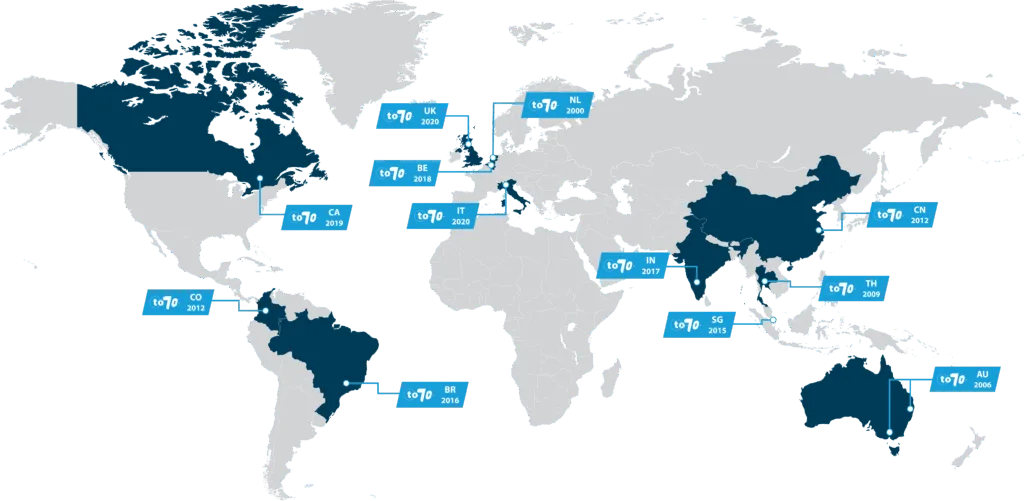







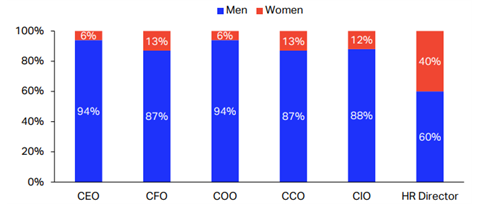

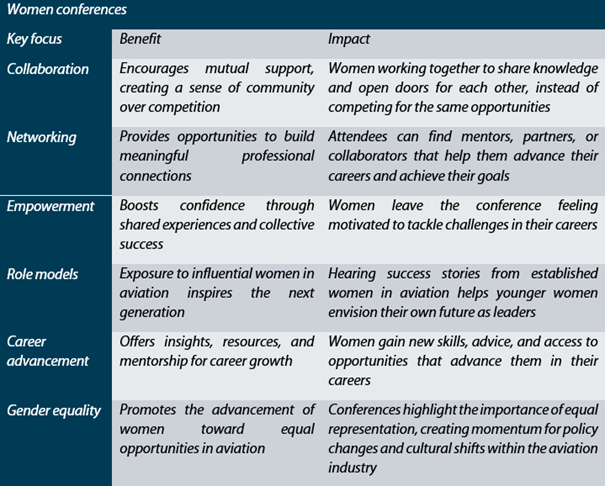




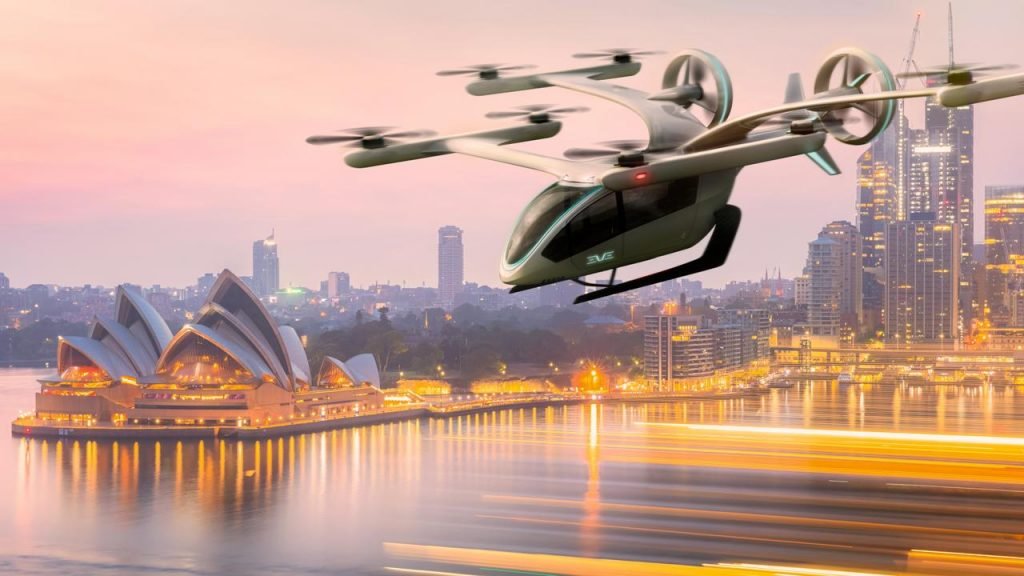

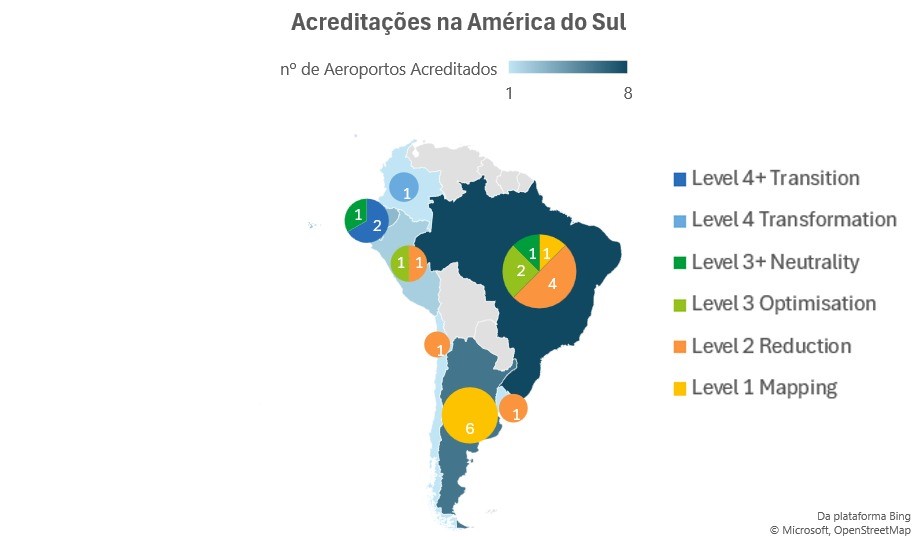




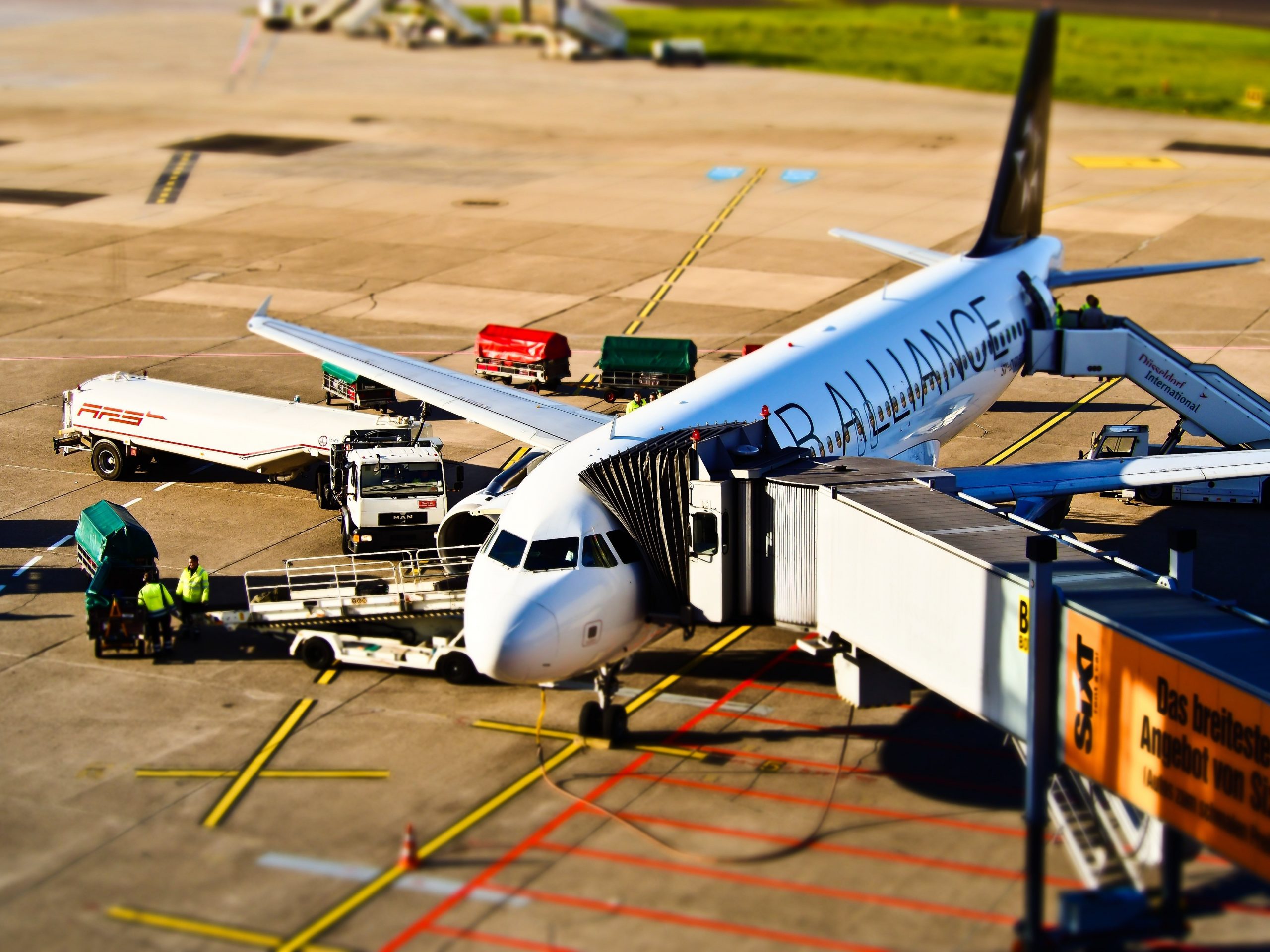


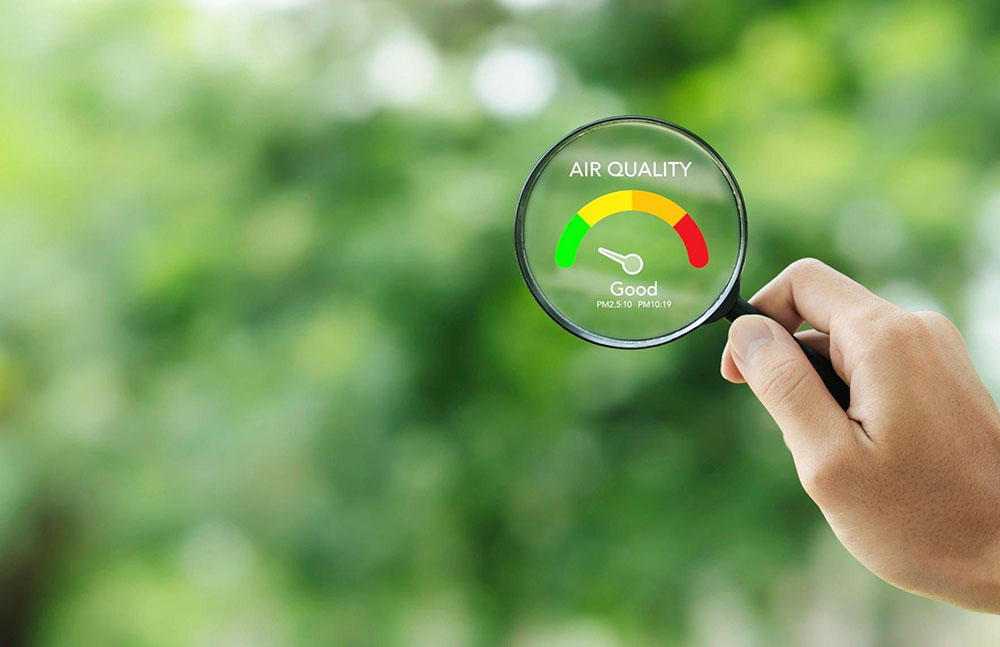

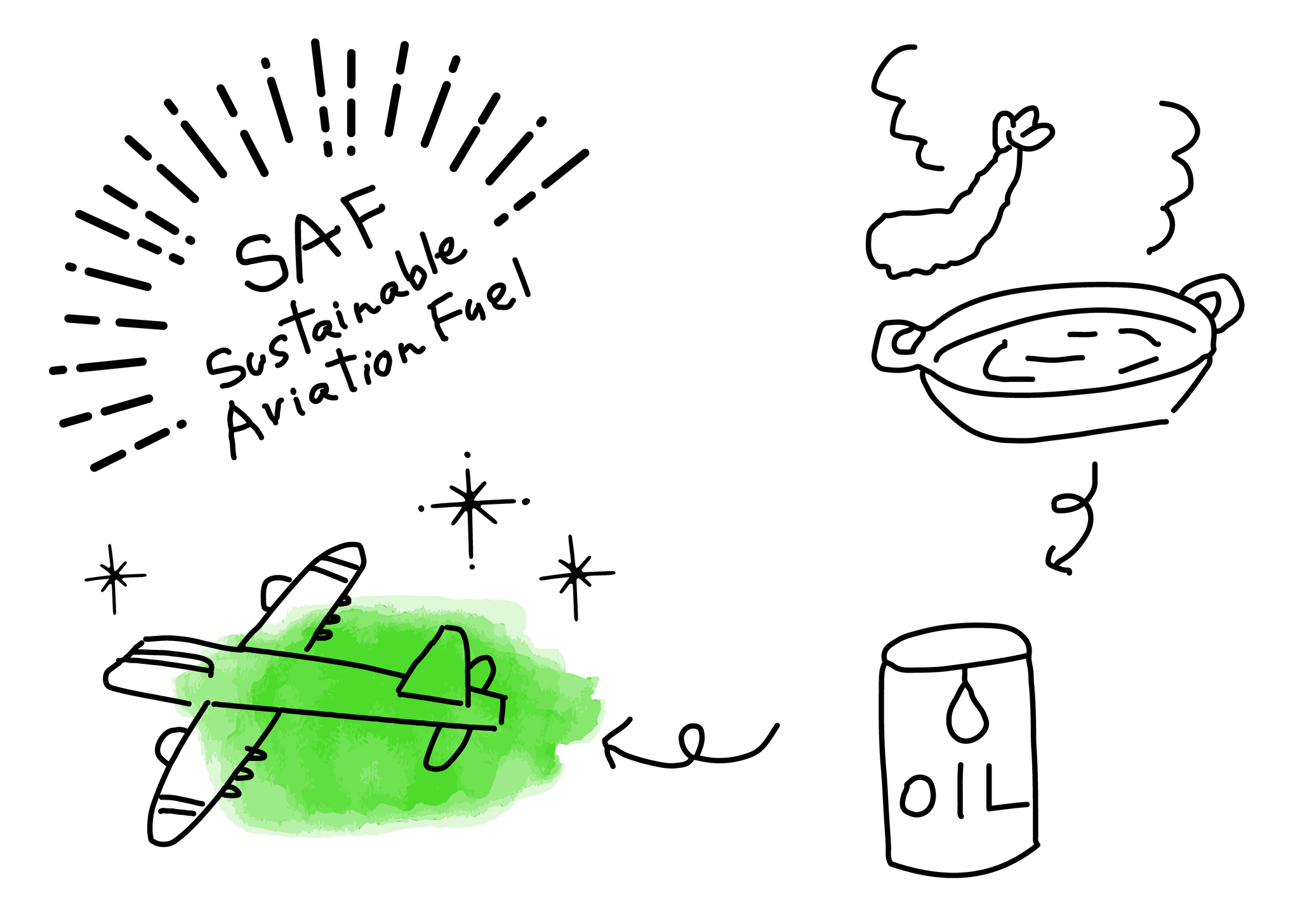
 The additional revenue stream for local farmers could be generated by selling agricultural residues which would otherwise be considered waste, such as rice straw and sugarcane bagasse. This could significantly enhance the livelihoods of local farmers and remarkably contribute to the rural economy. Moreover, new opportunities and markets may arise for the farmers by cultivating energy crops specifically for SAF production.
The additional revenue stream for local farmers could be generated by selling agricultural residues which would otherwise be considered waste, such as rice straw and sugarcane bagasse. This could significantly enhance the livelihoods of local farmers and remarkably contribute to the rural economy. Moreover, new opportunities and markets may arise for the farmers by cultivating energy crops specifically for SAF production.


